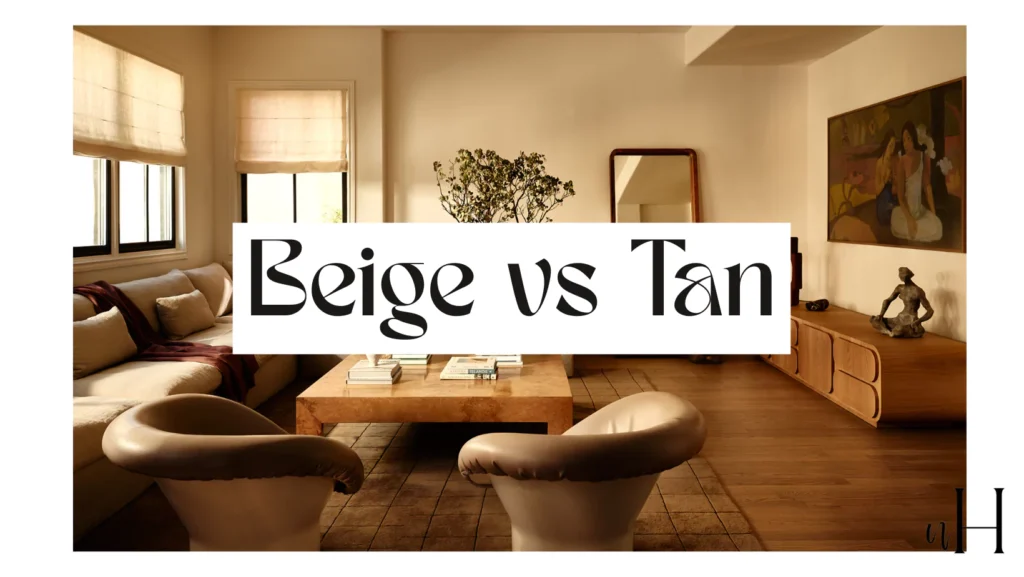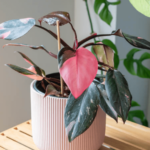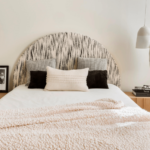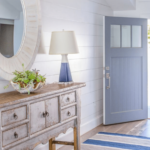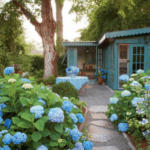LITTLE things make a HUGE difference…!
Have you ever found yourself staring at a paint swatch wall, wondering whether tan or beige is the perfect for you home?Than we are on the same lane. These two classic colors have stood the test of time, complementing countless interiors.
Many designers like McGee and co uses beige as her main color to bring a sense of calmness in her projects. But what sets tan apart from beige? And how can you decide which works best for your home?
Today I’m differentiating Tan vs beige colors ,what is their undertone,Lrv and how they feel like in comparison.
RELATED BLOG:
- 10 Popular Sherwin Williams Accessible Beige Exterior Color Combinations
- 9-Black Goes Well with Accessible Beige Sherwin Williams-Selected by Interior Experts
- 15 Earth Tone Color Palettes Trending In 2025 According To Designers
The Basics of Tan and Beige
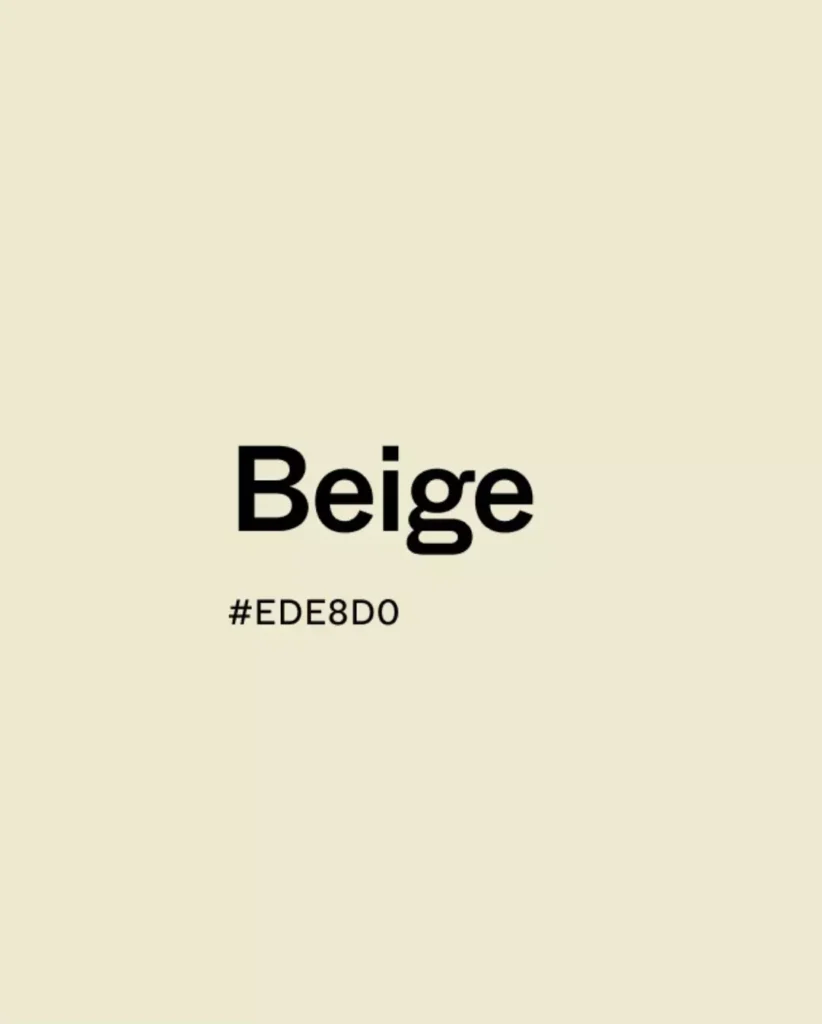
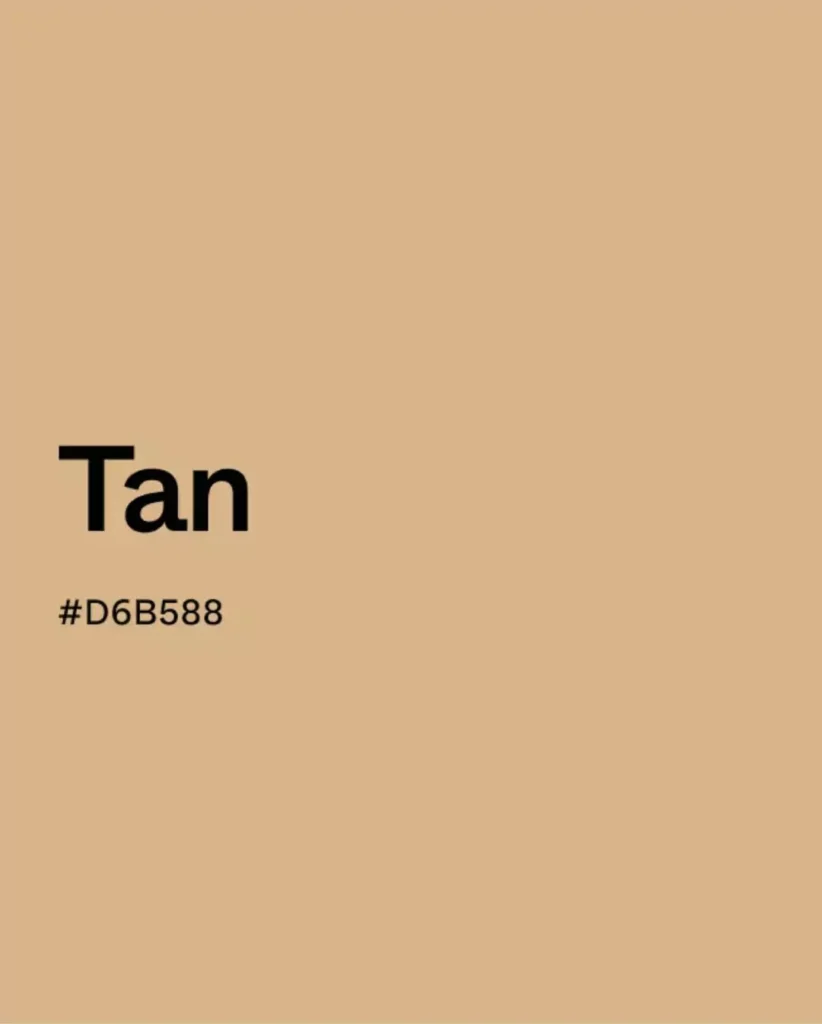
At first, tan and beige might look almost identical, but they have little differences that make them totally diffrent.
- Tan is a warm, sandy color often paired with earthiness and natural tones. It leans toward richer, deeper shades.
- Beige, on the other hand, is a softer neutral. With hints of cream or yellow undertones,(like you vanilla ice-cream) it’s slightly lighter and more subdued.
Both are calming, but their undertones can significantly impact your colors. Both of them play different roles in different lights and environments.
History
Did you know that both colors have roots in history and language?
- Tan comes from the tannin process, historically used to tan leather. Its origin is tied to nature, giving it its earthy appeal.
- Beige has French origins, initially describing untreated wool. Over centuries, it became synonymous with soft, understated elegance.
These roots give the colors a sense of connection to nature and tradition, which is likely why they’ve remained popular for so long.
The Psychology of Tan and Beige
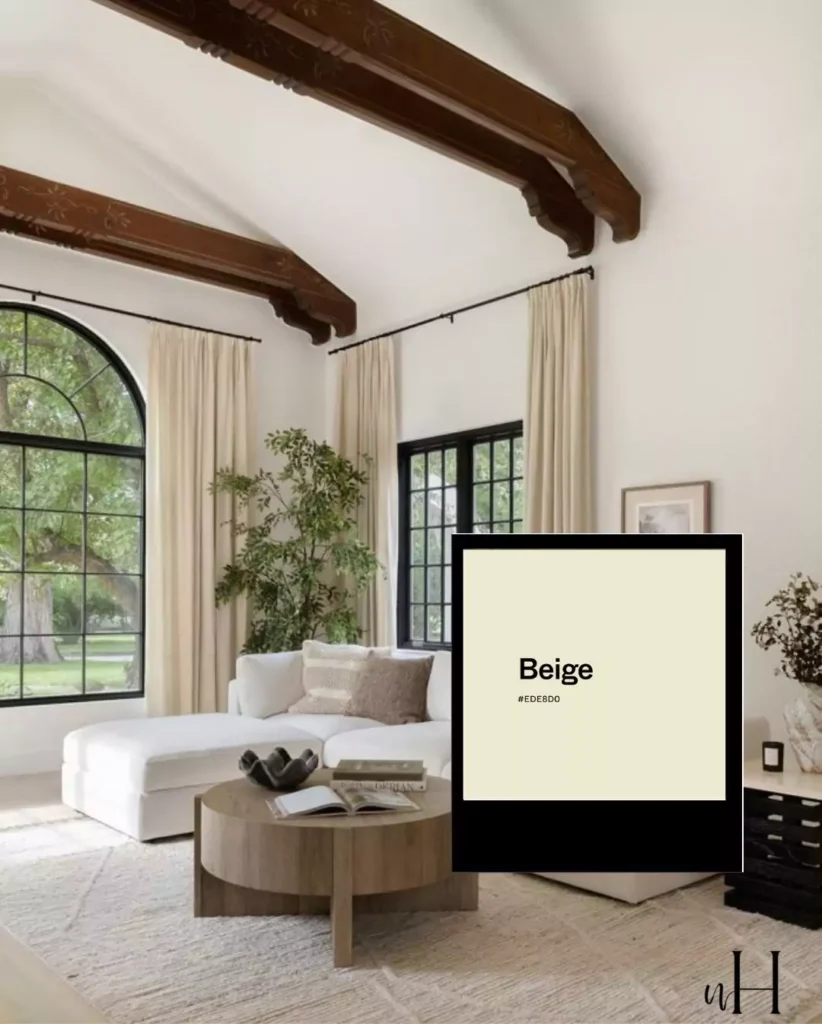
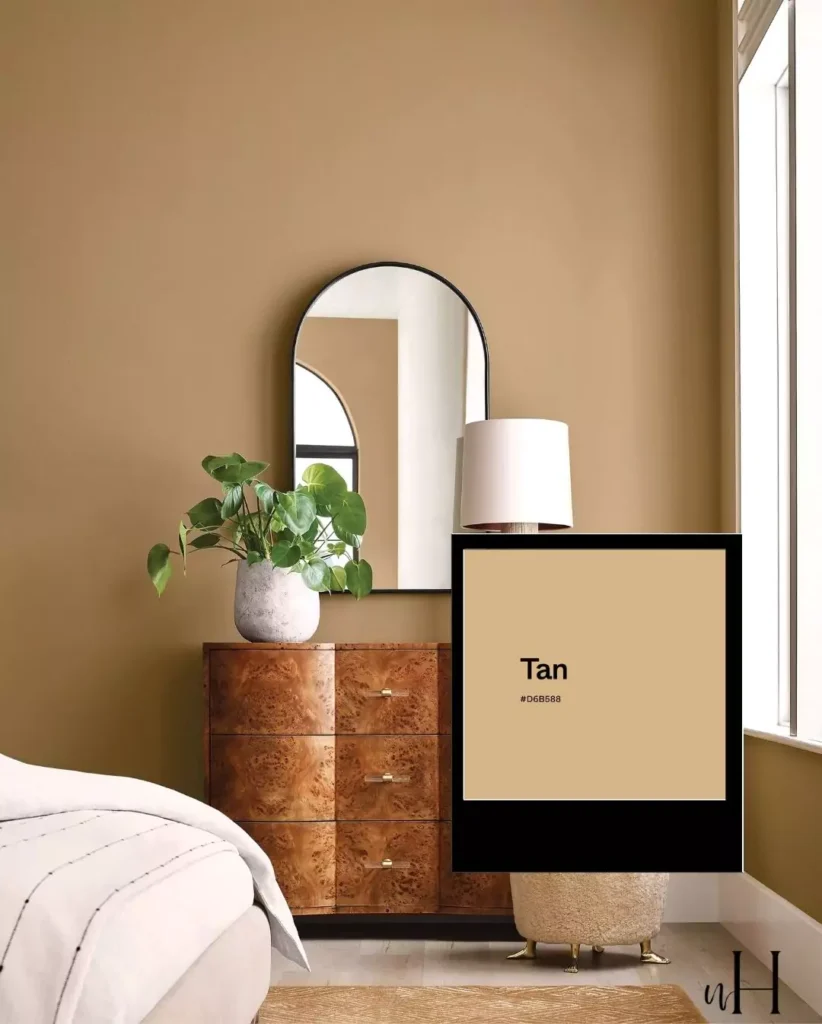
Like all colors, tan and beige carry emotional and psychological implications.
- Tan Psychology: Warm, grounding, and earthy. Tan evokes feelings of stability, warmth, and comfort. It’s often linked to cozy, natural settings, like a sunny beach or desert landscape.
- Beige Psychology: Calm, neutral, and effortless. Beige promotes tranquility and simplicity, making it ideal for creating serene or minimalistic spaces.
The choice between the two often depends on the mood you want to create in your room.
Tan vs Beige
Here’s a side-by-side comparison to help you choose between tan and beige:
Undertones
Tan: Tan is consist of warm undertones that often include shades of brown or sandy hues. It shows a natural, earthy vibe that works well in creating a cozy and inviting atmosphere.
The warmth in tan shades comes from its subtle consistancy of yellow or gold undertones, which give it a slightly richer appearance. Tan is a versatile color that pairs beautifully with both neutral and bold accents, making it a popular choice for creating balance in a room.
Beige: Beige, on the other hand, is a lighter color that features undertones of cream, yellow, or peach. While still warm, beige tends to feel softer and more delicate compared to tan.
Its lighter tone gives it an airy, open quality, making it perfect for spaces where you want to create a light and fresh aesthetic.
Beige often serves as an understated background that complements a variety of colors, from muted tones to vibrant pops of color.
Lighting Impact
Tan: Tan performs well in various lighting conditions and retains its warm, earthy quality. In brightly lit spaces, tan appears rich and grounded, enhancing the cozy feel of the room.
However, in dim lighting conditions, tan can sometimes look darker or slightly muted, depending on the depth of its undertones. This makes it a great choice for rooms where you want to maintain warmth and depth, even in lower light settings.
However, you may want to use additional lighting to ensure that the shade doesn’t feel too heavy in particularly dim spaces.
Beige: Beige, because of its lighter tone, reflects more light than tan. This quality makes it an excellent option for rooms that need brightening, such as smaller spaces or areas with limited natural light.
In well-lit spaces, beige appears crisp and clean, amplifying the light and contributing to an open and airy feel. In dim light, beige retains its subtle warmth without becoming overpowering, making it a versatile and reliable color for a range of settings.
It works especially well in rooms where you want to create a soft, soothing environment that still feels light and spacious.
Beige and Tan Paints
- Popular shades of Tan:
- Sherwin-Williams “Nomadic Desert”
- Behr “Accessible Tan”
- Popular shades of Beige:
- Benjamin Moore “Manchester Tan”
- Farrow & Ball “Skimming Stone”
How Designers Use Beige and Tan
Interior designers love both colors for their flexibility, timelessness, and ability to pair beautifully with countless hues.
Using Tan in Spaces
Tan is perfect for creating warmth and an inviting atmosphere. Here’s how to make the most of it:
- Use it as a base color for walls to add natural richness.
- Pair it with white to create a crisp contrast.
- Add accent pieces in darker shades like navy or charcoal for depth.
Styling with Beige
Beige is a go-to for understated elegance. Tip from interior design experts:
- Beige works wonders in minimalist or Scandinavian-inspired interiors.
- Combine it with shades of black, blush, or sage for a soft, harmonious palette.
- Beige with textures like linen, wool, or jute for added visual interest.
Coordinating Colors
Not sure what works with beige or tan? Here are some combinations to try:
With Tan:
- Rich jewel tones like emerald or ruby red for contrast.
- Soft neutrals like cream or off-white for balance.
- Muted greens or terracottas for a nature-inspired palette.
With Beige:
- Black for bold look
- Warm metallics like gold or bronze for added luxury.
- Textured naturals like wood and stone for subtle elegance.
- Foe minimal look go for boucle fabric furniture and rugs.
Expert Advice on Choosing Between Beige and Tan
Still debating between these two timeless colors? Here’s what design pros suggest:
-
- “The key is to test color swatches in your room’s natural light,” says Emma Reeves, an interior stylist. “Tan works best in spaces with warm lighting, while beige can brighten up areas with cooler or neutral light exposure.”
- Designers at CloMo Interiors recommend asking yourself what kind of feel you want to achieve. “Go for tan if you want warmth and coziness, beige if you’re leaning toward clean and neutral.”
Beige vs Tan in Bedroom
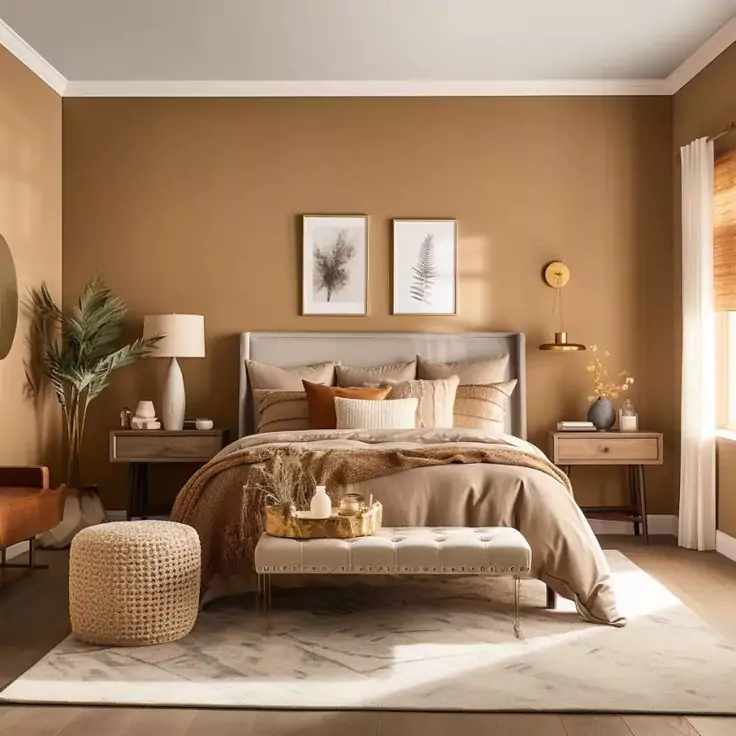
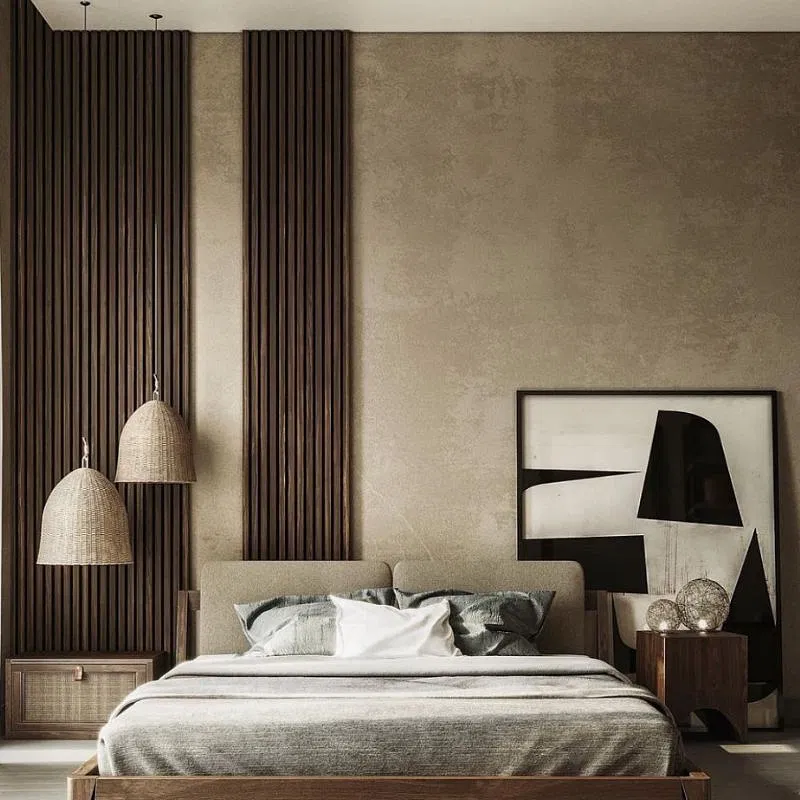
Beige vs Tan In Livingroom
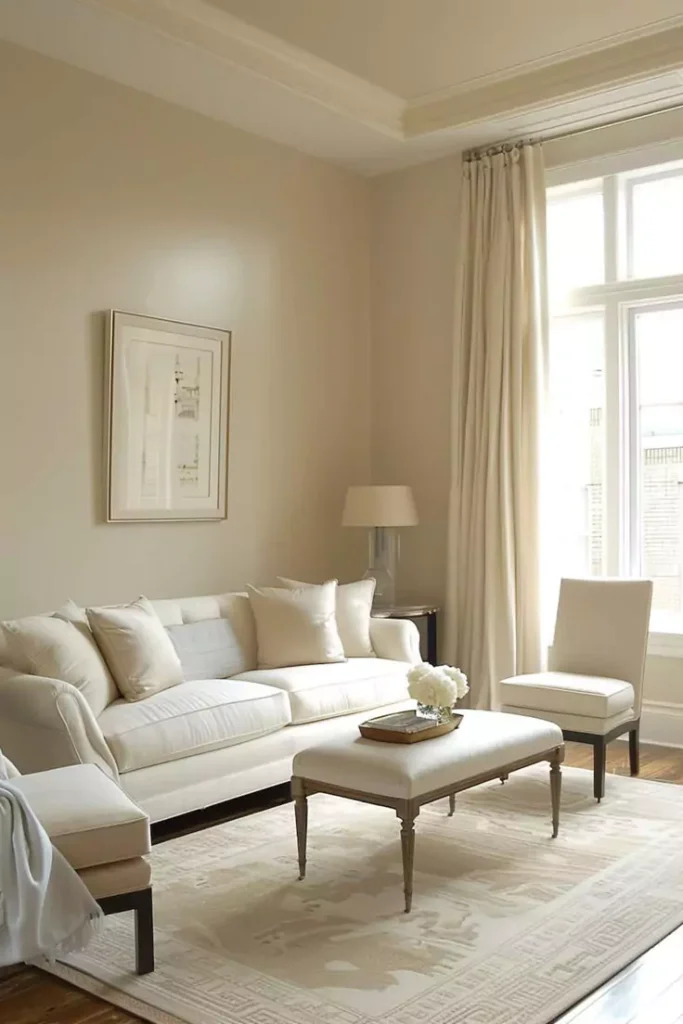
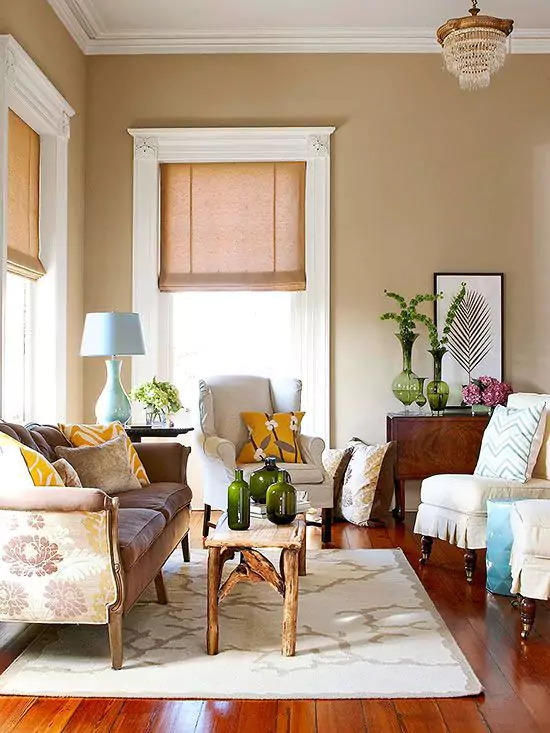
Which Neutral Will You Choose?
Choosing between tan and beige might seem tough, but at the end of the day, there’s no wrong choice. Each brings its own personality to a space. The key is to consider the mood you want, the lighting in the room, and the other colors in your palette.

